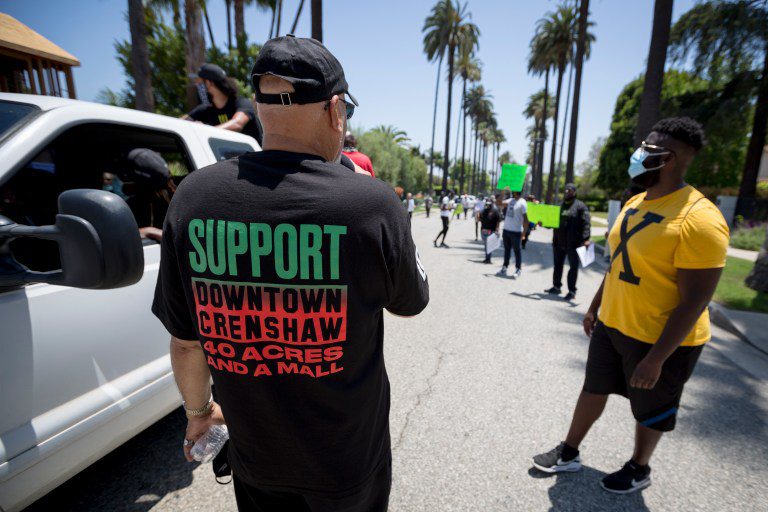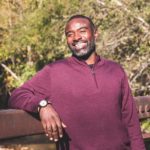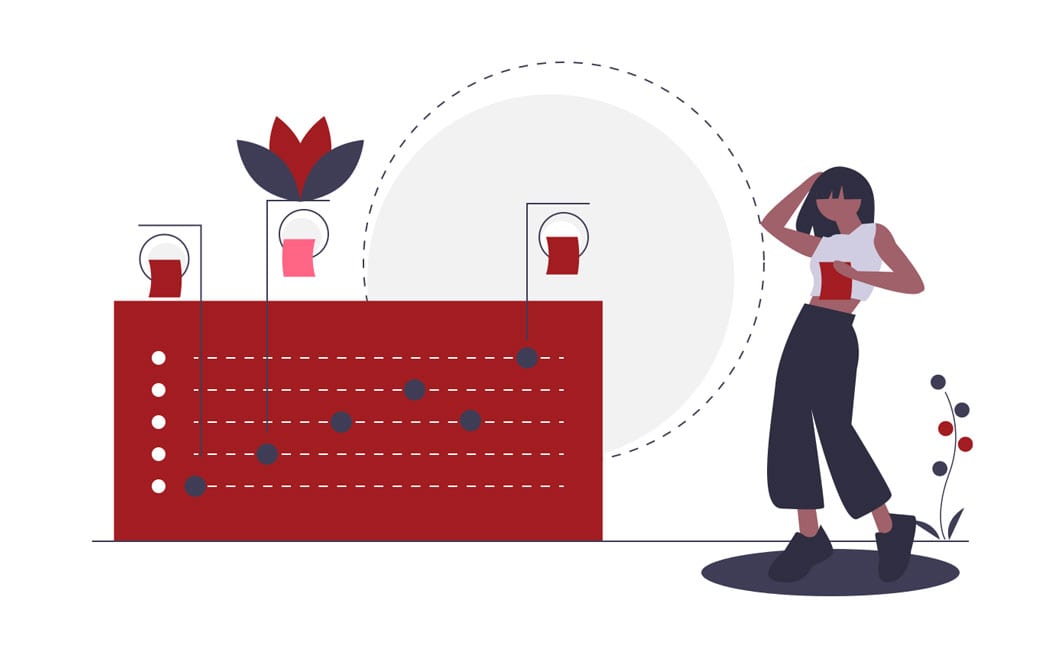In the famous post-Civil War initiative known as “40 acres and a mule,” Union General William T. Sherman promised newly freed Black households the one thing most necessary for sustaining their freedom: land. As Black minister Garrison Frazier told Sherman, freedom means having the ability to “reap the fruit of our own labor.” Unfortunately, Sherman’s promise never came to fruition, as President Andrew Johnson overturned the decision. Over a century and a half later, the unfulfilled promise of land ownership remains just as essential for the descendants of survivors of American slavery who desire economic power for themselves and their communities.
The Baldwin Hills Crenshaw Plaza, a shopping mall at the intersection of Crenshaw Blvd. and Martin Luther King, Jr. Blvd. in Los Angeles, happens to sit on 40 acres of Crenshaw, a Black-majority area. The Black community there is currently fighting outside investors who are attempting to buy the mall. Those investors include international conglomerates with reported business ties to both Vladimir Putin and Donald Trump and a history of violating tenants’ rights. The local community knows that the loss of this key economic asset would undermine Black economic power and open the door to gentrification and displacement.
It is not surprising that powerful real estate moguls are once again blocking the creation of Black wealth. As Brookings wrote earlier this year, “the real estate industry has been complicit in white supremacy and racial discrimination” for generations.
Fortunately, the Crenshaw community has rallied together. Community organizers formed the nonprofit Downtown Crenshaw, which has raised almost $60 million dollars toward buying the mall (the highest bid) with the ability to finance the rest if the contract is awarded. Together with some 300 other organizations—including unions, homeowner associations, and business organizations—Downtown Crenshaw is striving to ensure that an important community asset continues to benefit the community. But the odds are stacked against them and time is running out—organizers have until Friday, July 30 to stop the sale and “buy back the block.”
To reimagine the mall as a Black-owned community asset, activists have turned to the power of community ownership, a model first pioneered by Black people in Georgia during the civil rights era. The community ownership model allows communities to build wealth while protecting them from the three destructive “D’s” outlined below that undermine Black neighborhoods.
Click here to view original web page at www.brookings.edu
Author: Anthony Peak
My name is Anthony T. Peak and I am a CPA and Business Owner. In addition to owning UALE.com, Peak CPA Services, LLC, and Peak Travel Services, I work as a Senior Compliance Manager for Verizon Wireless. I earned a B.S. in Accounting from Morris Brown College. While at Morris...









